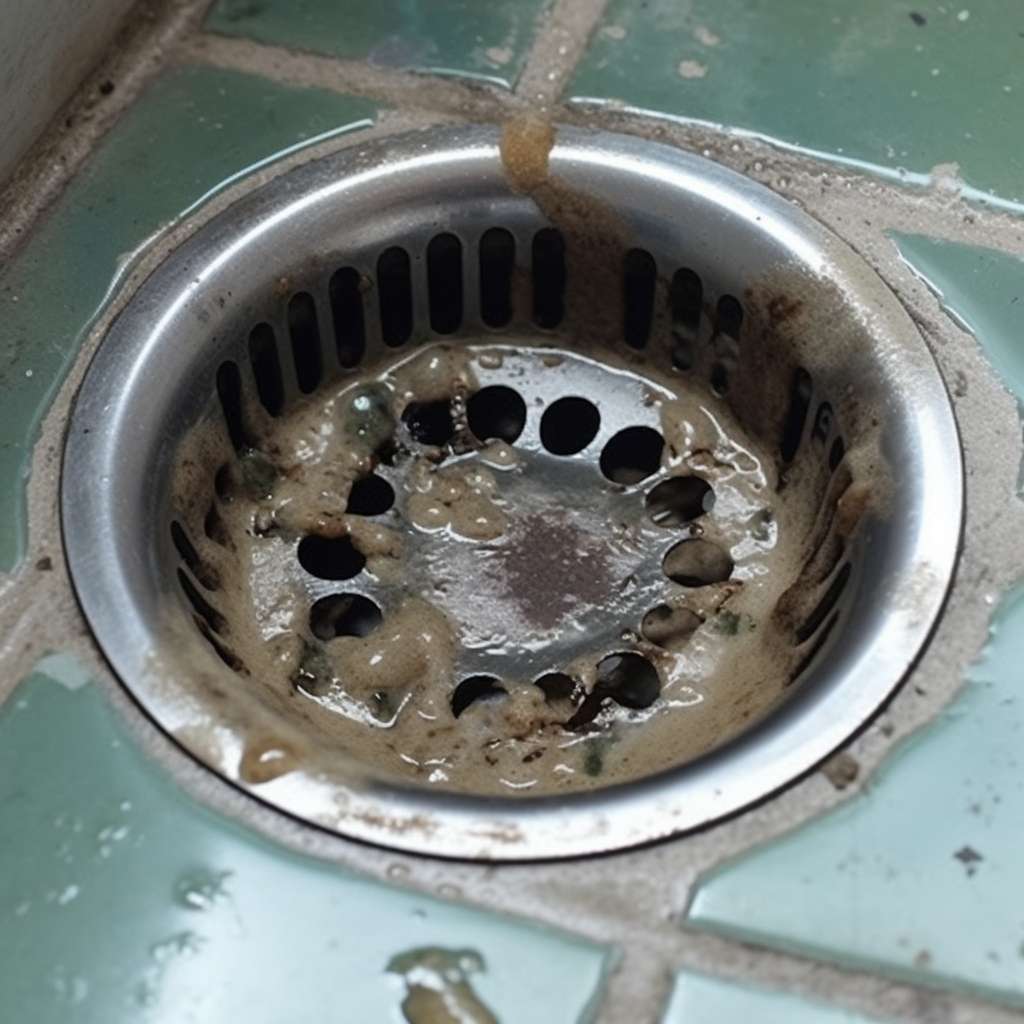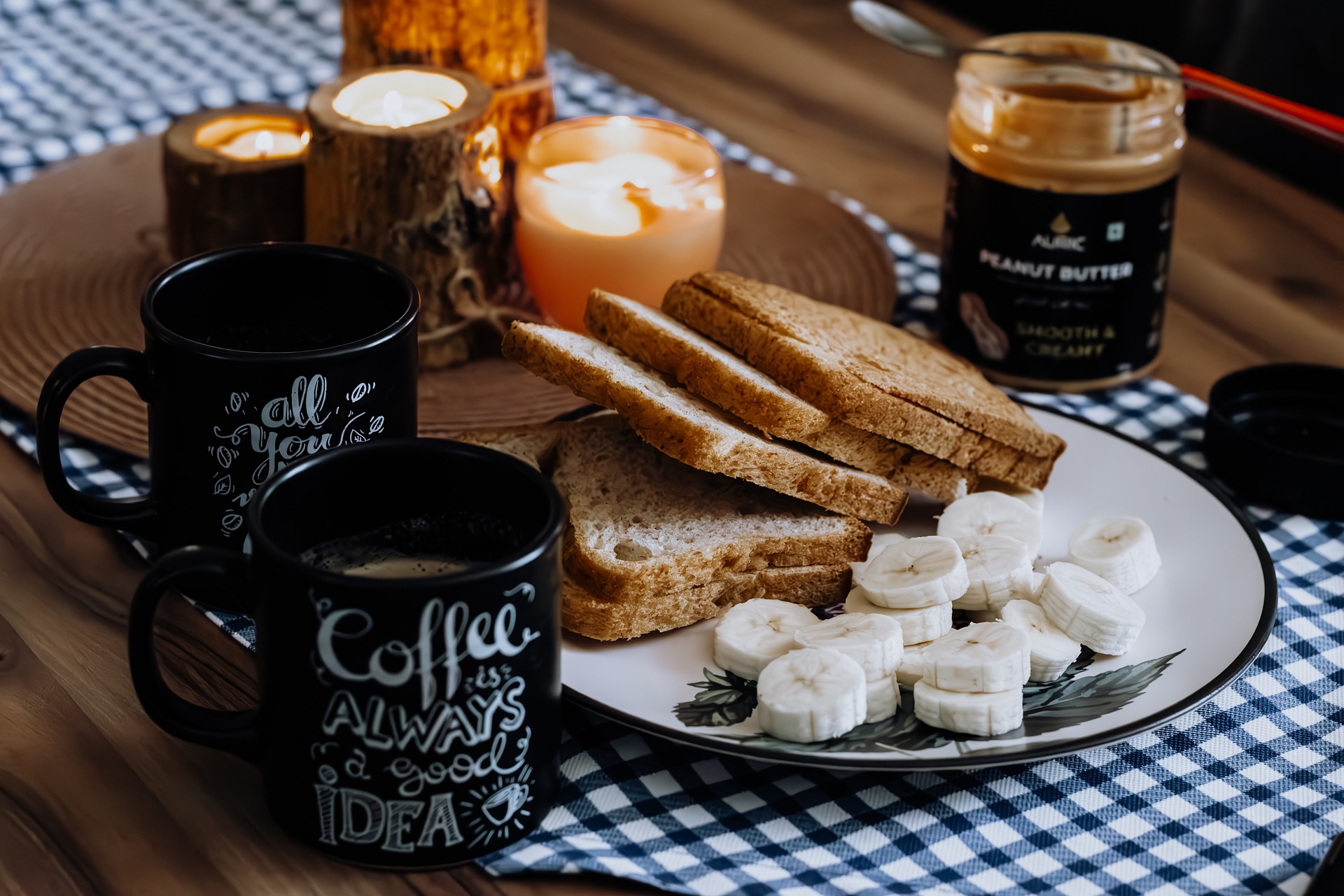DIY Drain & Pipe Cleaning: Essential Methods and Top Tips for Home Maintenance
Maintaining clean drains and pipes is crucial for every household's plumbing system. Clogged or dirty pipes can lead to unpleasant odors, slow drainage, and potentially expensive repairs. Understanding effective cleaning methods and implementing regular maintenance can help prevent serious plumbing issues and extend the life of your home's drainage system.

What Causes Common Drain and Pipe Blockages?
Hair, soap scum, grease, food particles, and mineral buildup are the primary culprits behind most drain blockages. In kitchen sinks, cooking oil and food waste often accumulate over time, while bathroom drains typically suffer from hair and soap residue clogs. Hard water can also contribute to mineral deposits that narrow pipe passages, reducing water flow and creating ideal conditions for blockages.
Which Natural Cleaning Methods Work Best for Drains?
Several eco-friendly cleaning solutions can effectively maintain your drains. A mixture of baking soda and vinegar creates a natural cleaning reaction that helps break down organic matter. Pour half a cup of baking soda down the drain, followed by half a cup of white vinegar. Wait 15-20 minutes, then flush with hot water. Hot water alone, used regularly, can help prevent grease buildup in kitchen pipes.
How Can You Prevent Future Drain Clogs?
Prevention is always better than cure when it comes to drain maintenance. Install drain strainers in all sinks to catch hair and food particles. Avoid pouring grease or oil down kitchen drains – instead, collect it in a container for proper disposal. Regular maintenance cleaning, even when drains appear to be flowing well, can prevent serious blockages from forming.
What Professional-Grade Tools Work for DIY Cleaning?
A plumber’s snake or auger can effectively clear stubborn clogs that natural methods can’t handle. For minor blockages, a plunger designed specifically for sinks can create enough suction to dislodge obstacles. Enzymatic cleaners, which use bacteria to break down organic matter, offer a safer alternative to harsh chemical solutions and can be particularly effective for maintaining clear pipes over time.
Which Common Drain Cleaning Mistakes Should You Avoid?
Many homeowners make the mistake of relying too heavily on chemical drain cleaners. These products can damage pipes, especially with frequent use, and may not effectively address the root cause of blockages. Another common error is using boiling water in PVC pipes, which can loosen joints and cause leaks. Additionally, forcing a plumber’s snake too aggressively can damage pipe walls.
What Professional Services Should You Consider?
| Service Type | Average Cost (£) | Recommended Frequency |
|---|---|---|
| Basic Drain Cleaning | 75-150 | Annually |
| CCTV Inspection | 100-200 | Every 2-3 years |
| Hydro Jetting | 200-400 | As needed |
| Emergency Callout | 150-300 | Emergency only |
Prices, rates, or cost estimates mentioned in this article are based on the latest available information but may change over time. Independent research is advised before making financial decisions.
While many drain issues can be resolved through DIY methods, some situations require professional intervention. Signs that indicate the need for professional service include recurring clogs, multiple blocked drains, sewage odors, or water backing up into sinks or tubs. Professional plumbers can provide thorough cleaning using specialized equipment like hydro jets and can identify underlying issues through camera inspections.
Regular maintenance and proper use of DIY cleaning methods can keep your drains flowing freely and prevent costly repairs. However, it’s essential to know your limits and recognize when professional help is necessary to avoid causing additional damage to your plumbing system.




